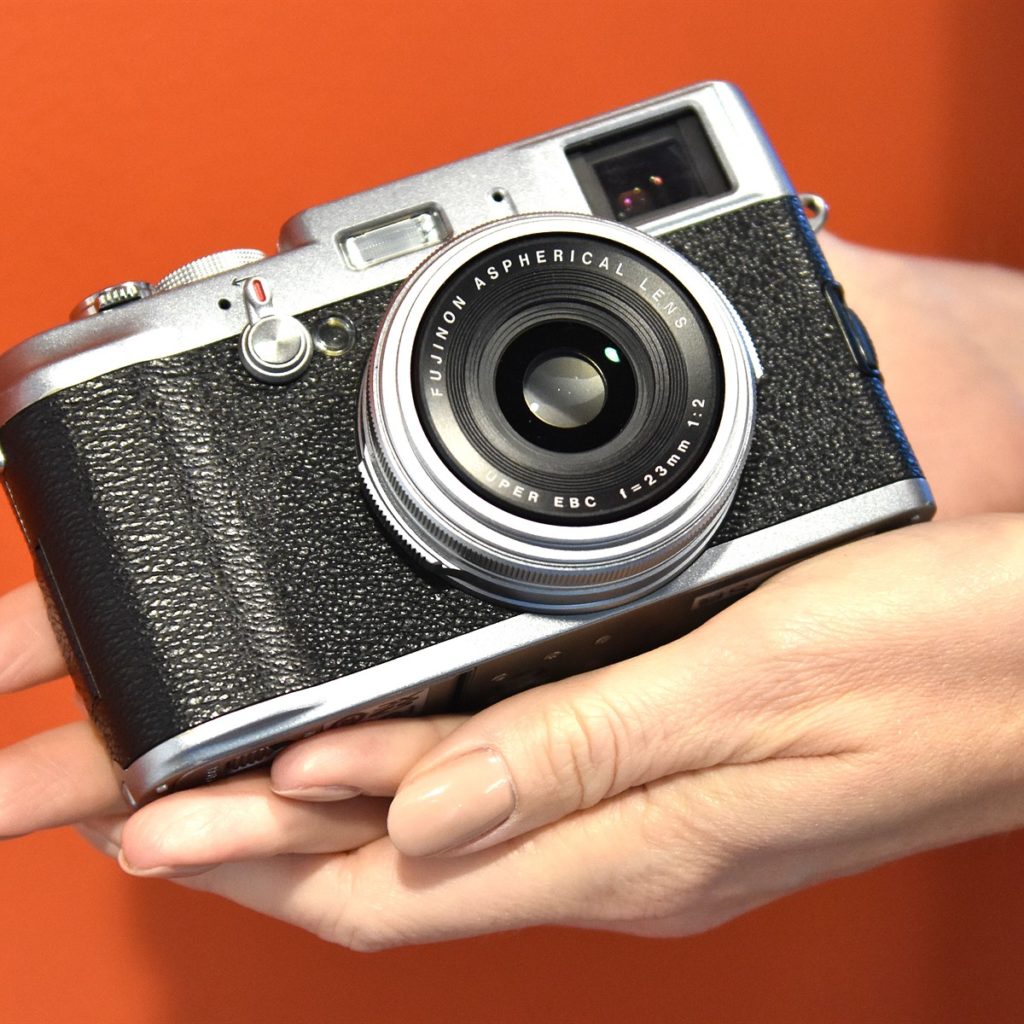I don’t like to use expressions? Professional camera? or? Semiprofessional camera? because there is no standard that classifies cameras as such, but it is inevitable to touch on this issue when talking about the cameras used by photography professionals, regardless of the field of activity: events, photojournalism, books, advertising, etc. And for the slightly more affordable prices than in the early days of digital photography, this type of camera is now available to everyone and another point in favor of these cameras is that many compact cameras with a much lower image quality end up costing almost the same price as a camera. called by many as “professional”? or “semi-professional”.
Now we must explain the biggest difference of these cameras intended for professional use. I am referring to DSLR (Digital Single Lens Reflex) or simply SLR, those that use interchangeable lenses and have a set of internal mirrors that reflect the image for direct viewing in the optical viewfinder, without the need for an LCD, although today these Professional cameras also have an LCD screen with the problem of the lack of speed in the autofocus that is solved little by little with the advancement of technology. But abroad, the market for these cameras is shrinking in favor of so-called mirrorless cameras (mirrorless interchangeable lens cameras) which tend to be smaller and lighter.
- But the big difference is the size of the sensor.
- DSLR cameras generally have a very large sensor and the larger the sensor.
- The theoretically higher the image quality.
- For those of you who don’t know yet.
- The so-called full-frame sensor is roughly the same size as the film frame of older amateur cameras and powers more expensive and feature-rich DSLR cameras.
- The cheaper models have a slightly smaller sensor called APS-C which has a cutoff factor of 1.
- 6x (Canon) or 1.
- 5x (Nikon.
- Pentax.
- Sony and other brands).
- This cutoff factor is set to Depending on its size.
- Canon is slightly smaller than other brands.
But the foreign market has already opened its eyes to the mirrorless cameras that started with the idea of the 4/3 system with the Olympus and Panasonic and The Participation of Leica cameras, and has a quality very close to the SLR with its 2x cutting factor. sensor (in addition to having a wide range of lenses and accessories). In the last 3 years, other manufacturers have begun to realize this niche and take it more seriously and have fallen in love with amateur audiences, especially in Asia, where the use of SLR or DSLR cameras has declined significantly in recent years. Europe and North America are starting to follow this trend, but here in Brazil things are going very slowly.
As technology has evolved a lot, we must be aware of what the market offers: Sony has already produced several full-size sensor mirrorless cameras and aims to dominate this market with ease while Fuji succeeds with its APS-C sensors and its X -Trans technology that completely eliminates the need to use anti-aliasing filters (low-pass or low-pass) that prevent straight lines from being distorted but sacrifice image sharpness. Thus, in some situations, based on some tests, these Fuji APS-C sensors obtain surprisingly similar or better results than the full frame of the more popular DSLR cameras.
In any case, the international market is already using alternatives to heavy DSLRs, but in Brazil this is still in diapers and there is no forecast of change in the short and medium term due to a very closed market and even more closed public. What is clear is that the most advanced and feature-rich professional cameras are increasingly available to all types of photographers, not just professionals.

